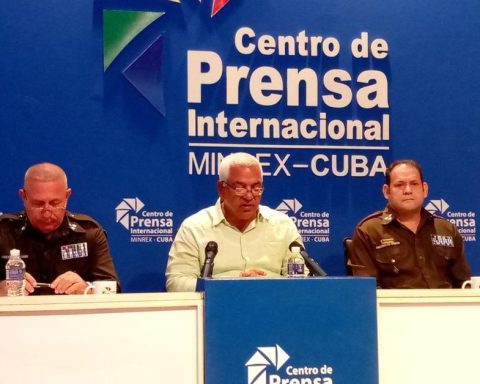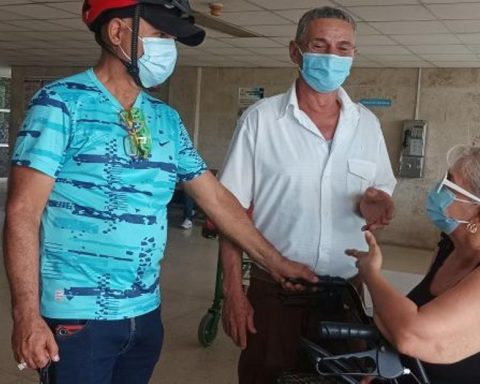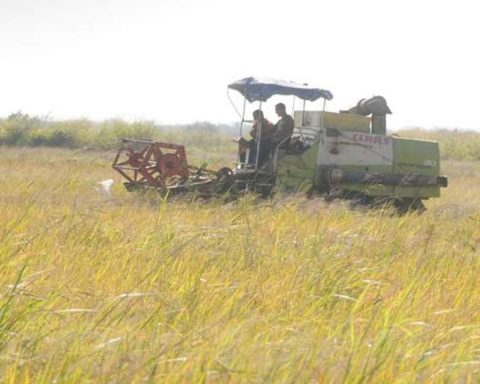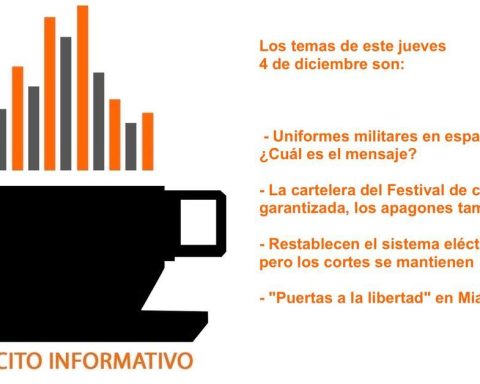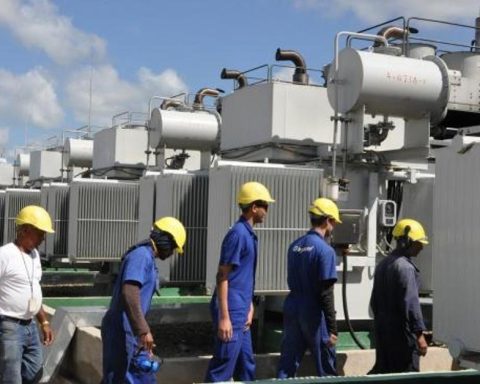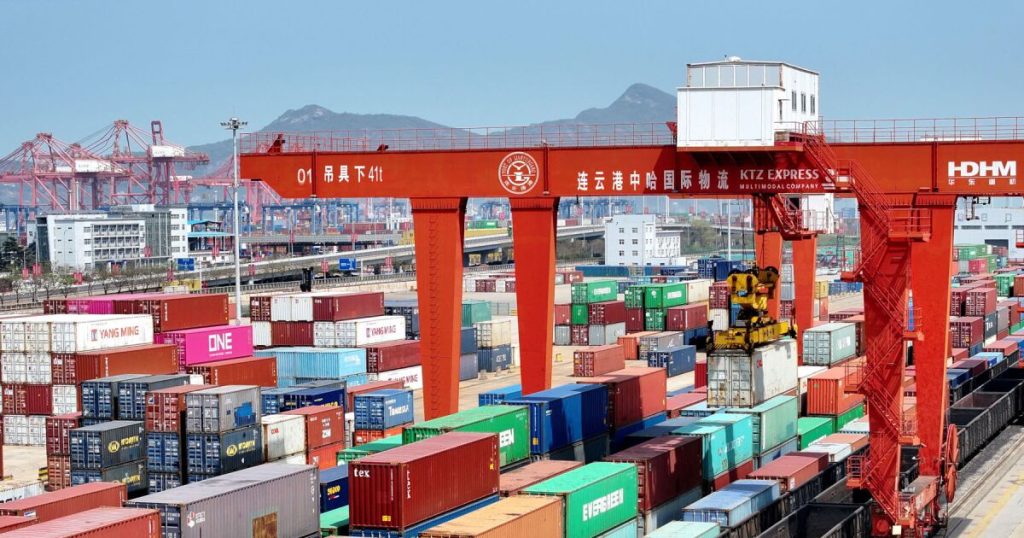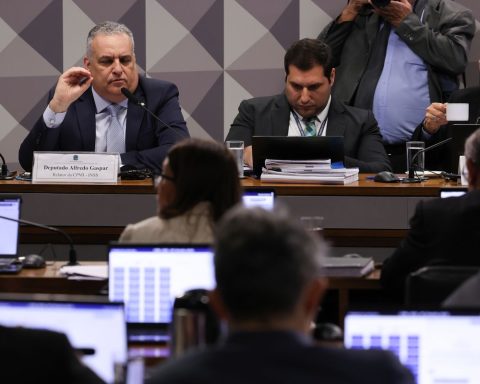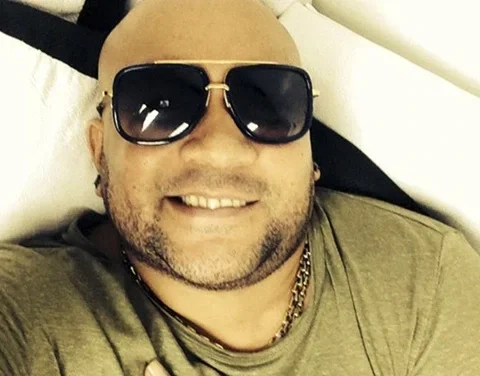Havana/An endless crimes against Freemasonry are in the accusation act of Ángel Santiesteban Prats before the Supreme Court of Masonic Justice. Writer, opponent and high -degree Mason, has been one of the most critical voices against the regime and its historical infiltration in fraternity, a position that plays it again in the center of the storm.
After a period of suspension and after a criminal session held on March 20, the 58 -year -old screenwriter has just been expelled from the Grand Lodge. In order for the decision to be effective, the high Masonic Chamber must be approved, something that Santiesteban – in telephone conversation with this newspaper – expects not to happen.
“Betrayal of Fraternity”, “Violation of the dogmas”, “contempt of great lodge”, “insult to a mason in a contempt, discredit and discredit”, “abuse of trust”: the list continues. The victim, alleges the document, is the current Grand Master of the Cuban Masons, Maykel Filema, whom Santiesteban described before the independent press as “finger put” for his predecessor.
“I said that Filema had been ‘put by finger’ by Mario Urquía Carreño. He says it is a derogatory way to treat the great teacher”
“I said that Filema had been finger By Mario Urquía Carreño. He says that it is a derogatory way to treat the great teacher, ”he says. On the island, the expression is also used to characterize Miguel Díaz-Canel,“ finger ”by Raúl Castro, which gives him a particular offensive connotation.
Filema was designated by Urquía Carreño, the man who almost ended the Freemasonry Cuban in 2024. After a year of tension and interventions of state safety, the unpopular Grand Master left the office leaving Filema in charge. The brief mandate of Filema has been equally unpopular, and has been characterized by a apparent docility to the government.
Santiesteban has been on the first line of criticism of Filema. Assures a 14ymedio That the great teacher only repeats the authoritarian attitudes of his predecessor, and that they led to a schism between the two great instances of Cuban Freemasonry: the Grand Lodge and the Supreme Council of Grade 33, where both Santiesteban and José Ramón Viñas – person of great interest to the counterintelligence – occupy managerial positions.
Now, the Masonic situation of Santiesteban is unusual: it is expelled from the so -called symbolic degrees – the hierarchy that includes the apprentice, the partner and the Mason – but not of the degrees of 4 to 33, the one with the highest range.
A reading of the documents of the case, facilitated by Santiesteban to this newspaper, gives the measure of the high level of politicization in the accusations. The accusation act mentions the writer’s meeting, together with his partner, the independent journalist Camila Acosta, with the business manager of the US Embassy in Cuba, Mike Hammer, last January. The document alleges that Hammer’s view was the pretext of Santiesteban so as not to go to one of the oral views to defend against the accusations of the Grand Lodge.
In addition, he sees with bad eyes that Santiesteban is presented as a “Masonic leader” before 14ymedio, Cubanet and Diary of Cubaand that serves as an occasional source to these means on the situation of the fraternity. Santiesteban’s defense had alleged the Supreme Court that all the opinions issued in spaces of those media had made them personal and moved by the best intentions. It was in vain.
Last year, both the Ministry of Justice and State Security were interested in conflict
The case of Santiesteban threat with opening a new episode of crisis in Cuban Freemasonry. Last year, both the Ministry of Justice and State Security were interested in the internal conflict of the order and knew how to exploit the schism between the Grand Lodge and the Supreme Council.
The defense of Santiesteban argued that the writer had all the right, as a high position and member of Masonry, to be alert to harassment and infiltration of counterintelligence, and to denounce it in the profane field – as they call the freemasons to those who do not belong to fraternity – if necessary.
Meanwhile, the government has only reinforced its institutional domain and fence – not only in the symbolic level – to Masonry. Last January, a document signed by Cuban Prime Minister, Manuel Marrero, He reaffirmed the property of the State on several floors of the Building of the Grand Lodge of Cuba, located on Carlos III Avenue in Havana.
The floors, confiscated by Fidel Castro in 1961 and now in possession of Etecsa, are a strategic point to control the Masons: at all times, thanks to employees and officials, the monopoly of communications – and surveillance – knows who enters and who leaves the Grand Lodge, and with what intentions.

